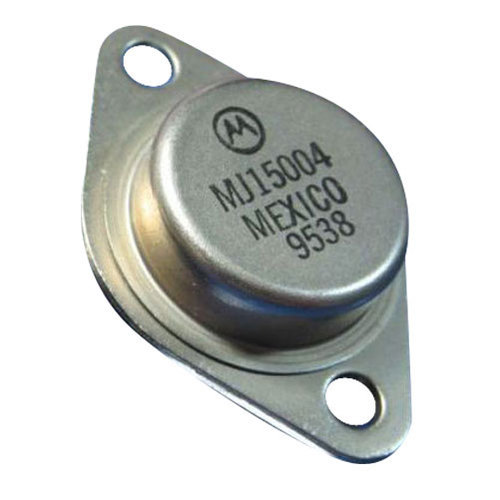The leakage current in ICBO increases in BJT with increase in temperature. The leakage current is also called reverse leakage current. Leakage current increases in BJT for every 10degC rise in temperature. The relation between collector current and leakage current is:
Ic = βIB + (1+β)ICBO
From the above relationship, we see that Ic and ICO are related. As the Collector current increases, CB junction (collector-base) temperature rises increasing the ICO as well. So, this will also increase the temperature of the BJT leading to a condition called Thermal Runaway. We need to understand that this heat produced in the BJT is at the Collector Base (CB) junction. With Thermal Runaway, the component gets damaged. We have to use heat sink to help component overcome thermal runaway.
Note that we are talking about CE configuration above as this is the most commonly used configuration.
In what scenarios should you be worried about Thermal Runaway?
If the transistor is used for low power applications like example as a simple switch to control a circuit, in these cases heat dissipation is not a problem as the component can handle low heat produced in that scenario. If we are using power transistors, where lot of heat is produced, thermal runaway can damage your component if heat sink is not used. Below is the example of a power transistor with metal cap. This package is called a metal can package.








0 Comments